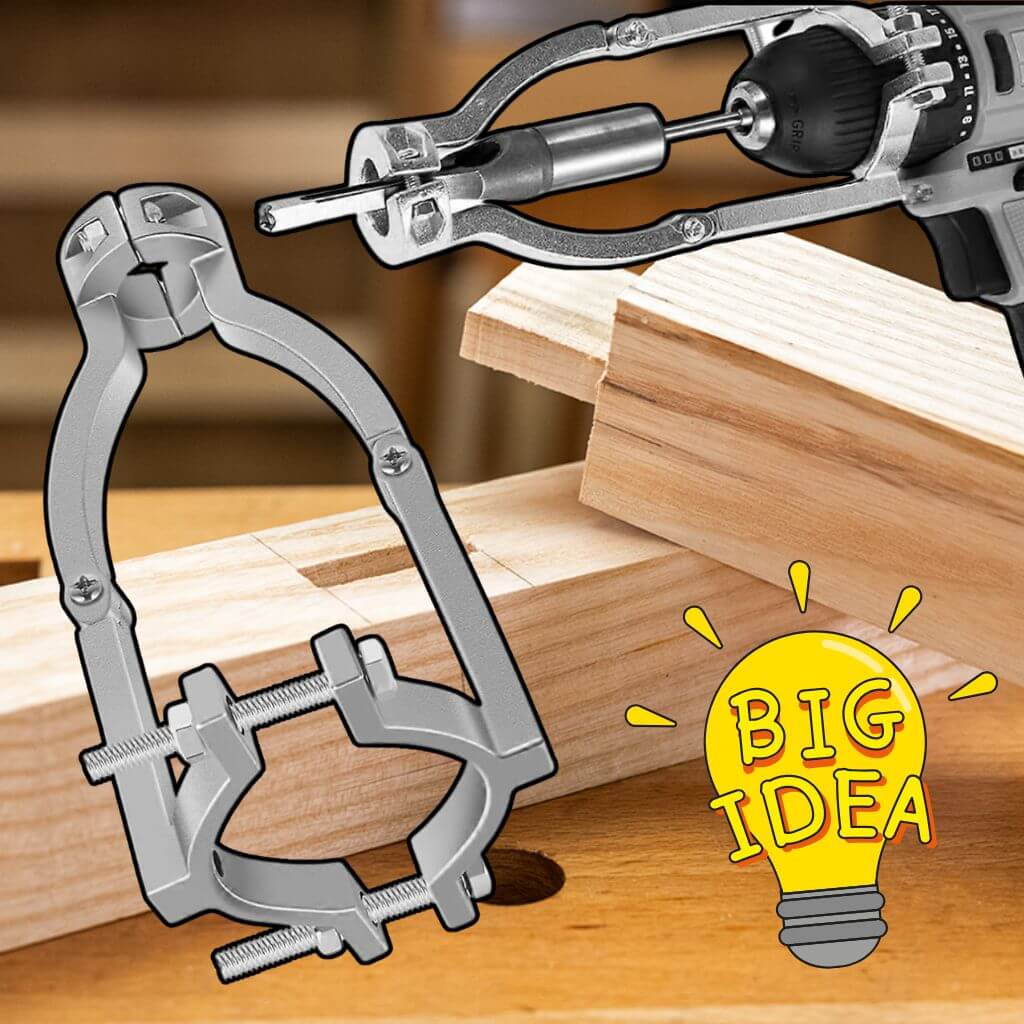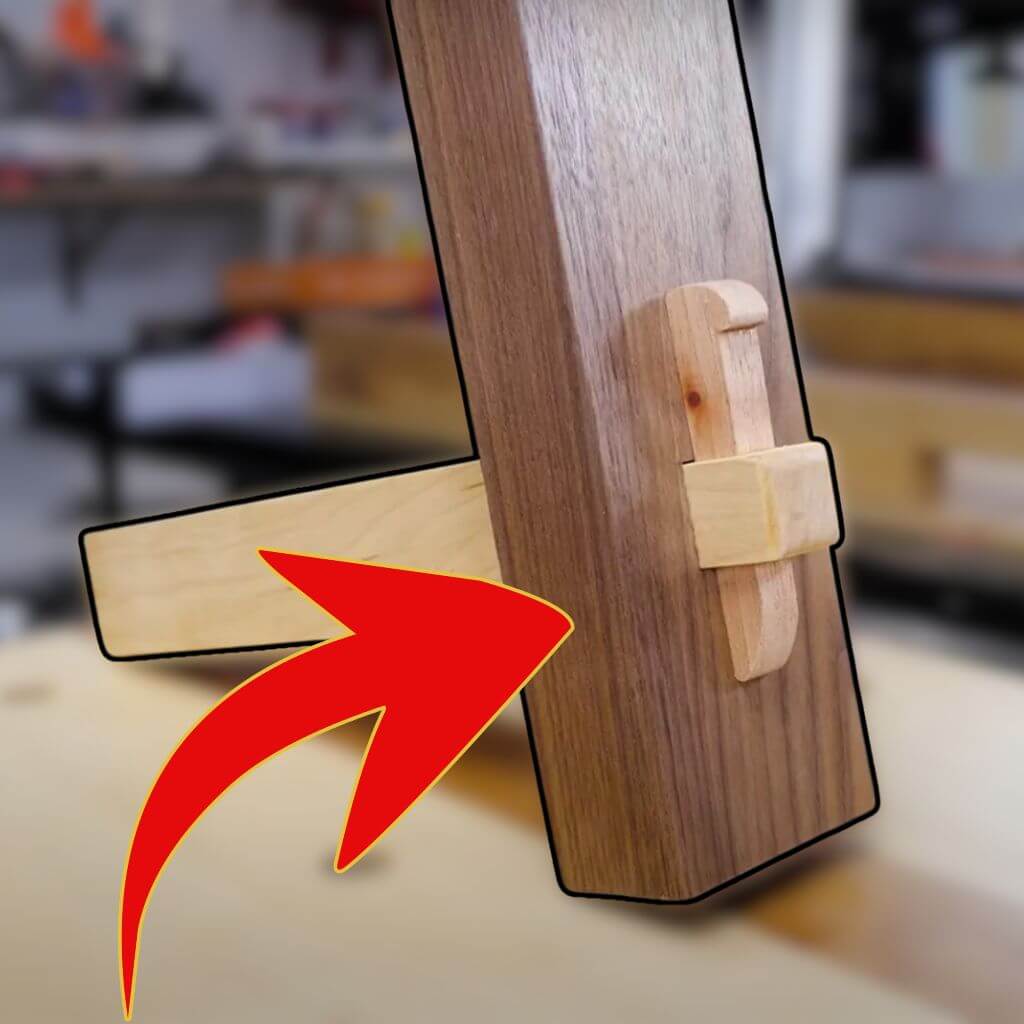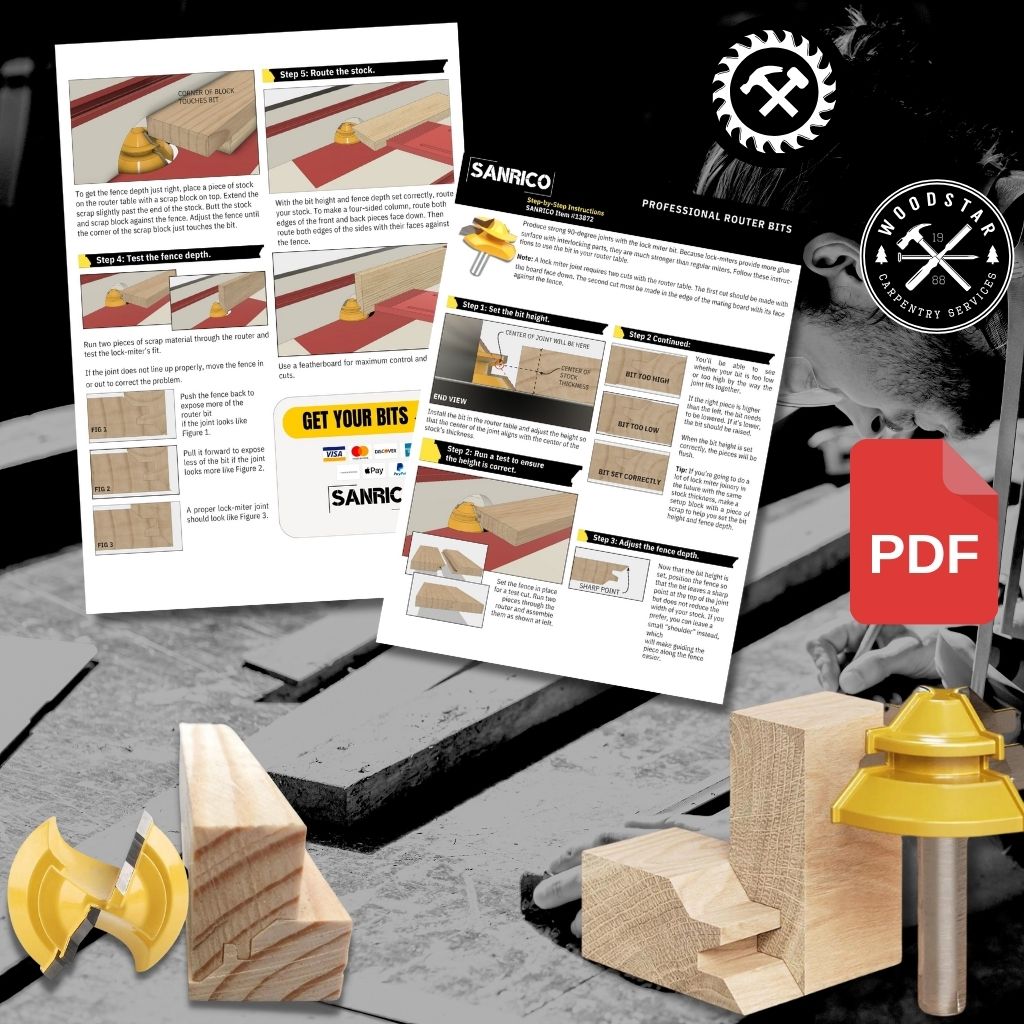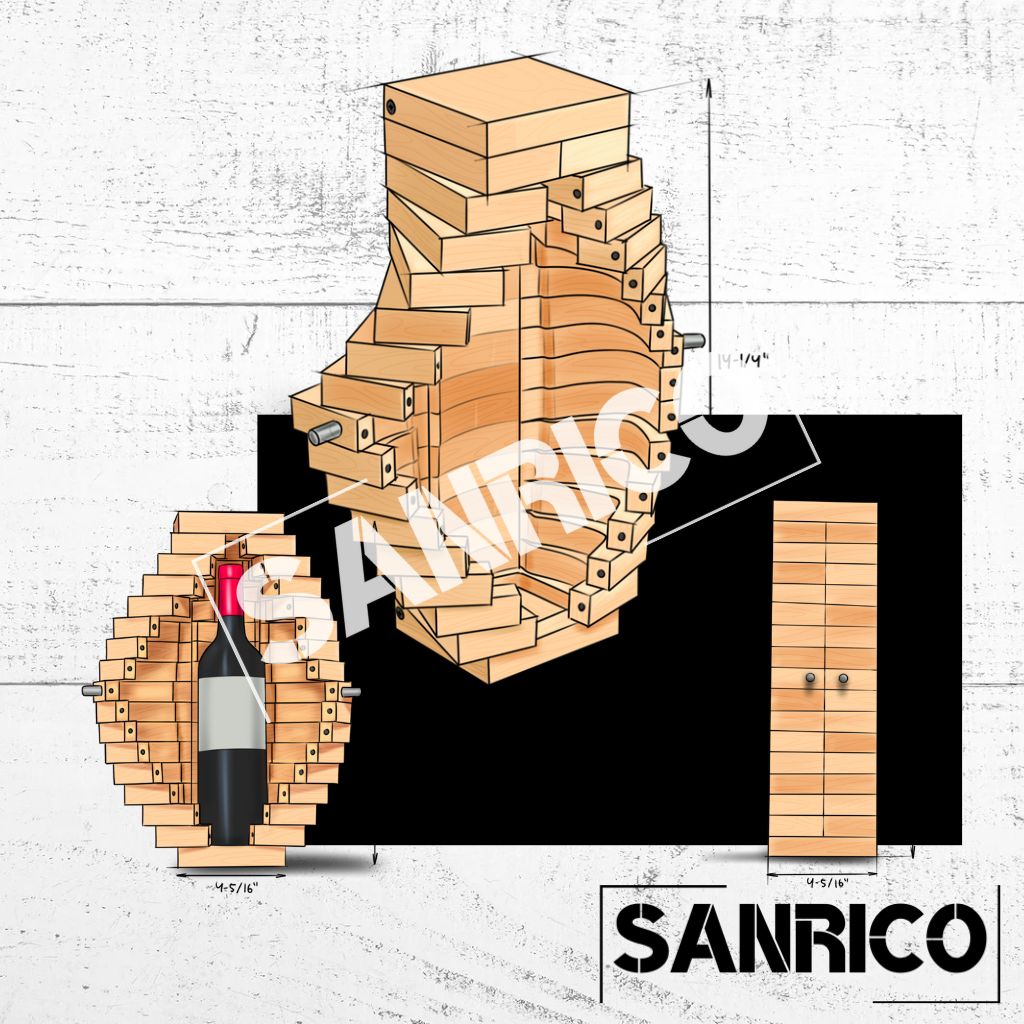The 6 Benefits of Mortise and Tenon Joinery
Subscribe
To join our mailing list and never miss a deal!
1. EXCEPTIONAL STRENGTH AND DURABILITY
This joint locks two pieces of wood together with a large glue surface and a snug, interlocking fit.
The result: a structure that resists twisting, pulling, and racking far better than screws, dowels, or pocket holes.
2. CLEAN, HARDWARE‑FREE DESIGN
Mortise and tenon joints hide entirely within the wood, leaving no exposed screws or brackets.
The result? Sleek, elegant projects with a classic look—perfect for heirloom furniture or fine carpentry.
SALE 50%
3. BUILT TO LAST FOR GENERATIONS
Mortise and tenon joinery has stood the test of time—dating back centuries in furniture, door frames, and timber structures.
When done right, these joints stay firm and tight even under constant stress, seasonal movement, or years of wear.
4. VERSATILITY ACROSS PROJECT TYPES
From door frames and chair legs to tables and bedheads, mortise and tenon adapts to virtually any joint angle or thickness.
You can create through-tenons, blind tenons, wedged tenons, or haunched joints—making it one of the most flexible joinery techniques.
SALE 50%
5. MARKS THE CRAFT OF A SKILLED WOODWORKER
Creating crisp, well-fitted mortise and tenon joints shows a mastery of traditional woodworking.
It’s the kind of joinery that adds professional appeal—and value—to your work, whether you’re selling furniture or building for yourself.
6. GREAT FOR WOOD MOVEMENT AND SEASONAL CHANGES
Most mortise and tenon joints allow for slight wood expansion and contraction, especially when combined with glue or pins. This adaptability helps prevent cracking or loosening—unlike rigid mechanical fasteners that can fail over time.
SALE 50%




